
In India’s fast-evolving digital landscape, the living room is staging a quiet revolution. As digital households surge and screens go bigger and smarter, Connected TV (CTV) is becoming the nerve centre of premium, shared viewing.
Now, JioStar Entertainment has stepped into this space with its first Connected TV Playbook, a data-driven guide that captures the seismic shifts in viewing behaviour, marketing opportunities, and brand-building strategies shaped by the CTV boom.
According to Kantar’s Media Compass report, India added 35 million new CTV viewers in the first quarter of 2025. This wave is led by younger, male, and increasingly rural audiences, with 23% of Indians now categorised as digital-only users. These users engage exclusively with the internet, skipping traditional linear TV altogether, though linear still enjoys a stronghold with 58% monthly reach.
The FICCI EY Media and Entertainment Report 2025 corroborates this momentum. CTVs in India have grown from 23 million sets in December 2023 to 30 million in 2024, marking a 27% rise in active smart TVs. More tellingly, these devices clock over 40 hours of content consumption per month, cementing CTV's role in India’s digital-first households.
"CTV is no longer just a screen—it’s becoming the new centre of gravity in India's digital households," said Ajit Varghese, head of revenue, entertainment and international, JioStar. "With co-viewing at 3.1X, 90% of audiences being affluent, and an 85% surge in watch time, the scale and quality of engagement on JioHotstar's CTV platform is unmatched. This Playbook is a strategic response to this shift—built to help marketers harness the full-funnel potential of big-screen storytelling."
Developed in collaboration with Ipsos, the Playbook offers a comprehensive understanding of India’s CTV dynamics, blending platform analytics with third-party insights from a national study conducted in June 2025. It serves as a marketer’s blueprint to navigate and leverage the CTV ecosystem on JioHotstar, India's entertainment powerhouse.
Jyoti Malladi, managing director – research at Ipsos, underscored this premium positioning. "Our research with JioHotstar supports what the data shows: CTV audiences are more premium, and more likely to recall and act on brand messaging delivered in a big-screen environment," she added.
Playbook is based on the R.A.C.E. framework—Reach, Attention, Connection, Effectiveness—devised by JioStar to map the entire brand-building journey on CTV. This framework enables brands to transition from basic impression metrics to a more intentional, full-funnel marketing approach.
Reach quantifies the scale of premium audiences spanning genres, geographies, and languages, while Attention captures immersive behaviour, time spent, and the unique lean-in experience of big-screen consumption. Connection focuses on leveraging co-viewing opportunities with contextual brand alignments and innovative ad formats and Effectiveness links media spends to tangible outcomes, from brand recall to sales lift.
Family co-viewing is another defining trait of the CTV experience in India. Puneet Avasthi, director, specialist businesses, insights division - South Asia, Kantar, pointed out, "In today’s fragmented and fast-evolving media landscape, brands are under pressure to make every media rupee count. Yet, most decisions are still being made using outdated or incomplete data, leading to suboptimal media planning and missed connections with consumers."
On JioHotstar, 66% of households have a single connected device, fostering shared experiences. The platform’s co-viewing rate is 3.1X higher than leading UGC platforms, with 70% of viewers residing with family and 66% watching together. This makes the big screen not just a medium but a social experience.
The premium sheen of JioHotstar’s CTV audience is palpable: 90% hail from high or medium affluence households, 81% fall within the National Consumer Classification System (NCCS) AB demographic, and 61% are based in India’s top 8 metros. Content-wise, the platform boasts over 22,000 titles in 19 languages, including more than 250 originals and collaborations with over 10 international studios.
Interestingly, content preferences also defy regional boundaries. For example, Malayalam content on CTV attracts over 80% of its viewership from non-Malayali audiences, showcasing the national appetite for regional storytelling. Hindi and English continue to dominate, with 74% and 53% reach respectively.
The implications for advertisers are clear: CTV offers not just scale, but scale with substance. As Varghese aptly puts it, "From lean-in attention to measurable business outcomes, CTV offers an unmatched canvas for brands to move beyond impressions to impact."
The 85% surge in CTV watch time on JioHotstar and the over 100 minutes spent daily per viewer—1.5X higher than mobile—highlight a pivotal shift. Unlike mobile screens that are often associated with fleeting attention, the big screen fosters deeper engagement, elevating the quality of brand storytelling.
This playbook lands at a time when advertisers are rethinking their media mix in an increasingly complex environment. With data privacy tightening and cookie deprecation underway, the first-party data ecosystem that CTV platforms like JioHotstar offer is becoming invaluable for targeted, outcome-driven advertising.
As India’s digital homes evolve, the CTV playbook is more than a marketing manual; it’s a strategic roadmap. It equips brands with the insights and tools to capitalise on this premium, intent-rich environment, where every view has the potential to convert.


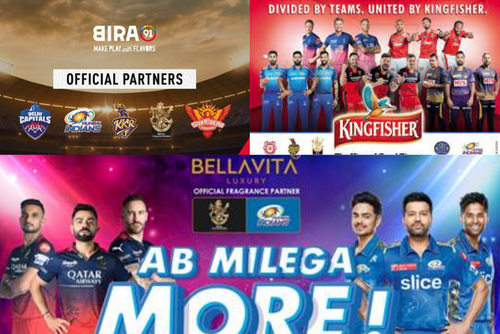
.jpg&h=334&w=500&q=100&v=20250320&c=1)
.jpg&h=334&w=500&q=100&v=20250320&c=1)
.jpg&h=334&w=500&q=100&v=20250320&c=1)

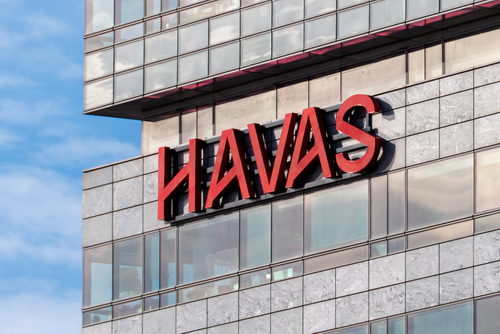

.jpg&h=334&w=500&q=100&v=20250320&c=1)

.jpg&h=334&w=500&q=100&v=20250320&c=1)


.jpg&h=268&w=401&q=100&v=20250320&c=1)
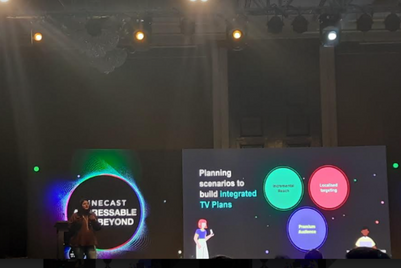
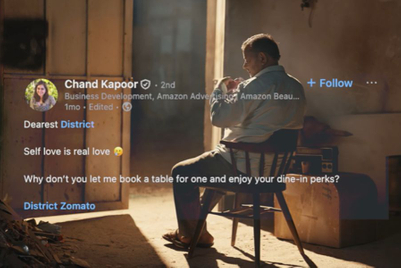
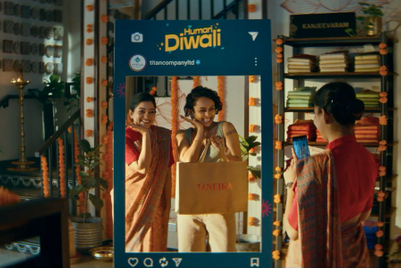
.jpg&h=268&w=401&q=100&v=20250320&c=1)
.jpg&h=268&w=401&q=100&v=20250320&c=1)
